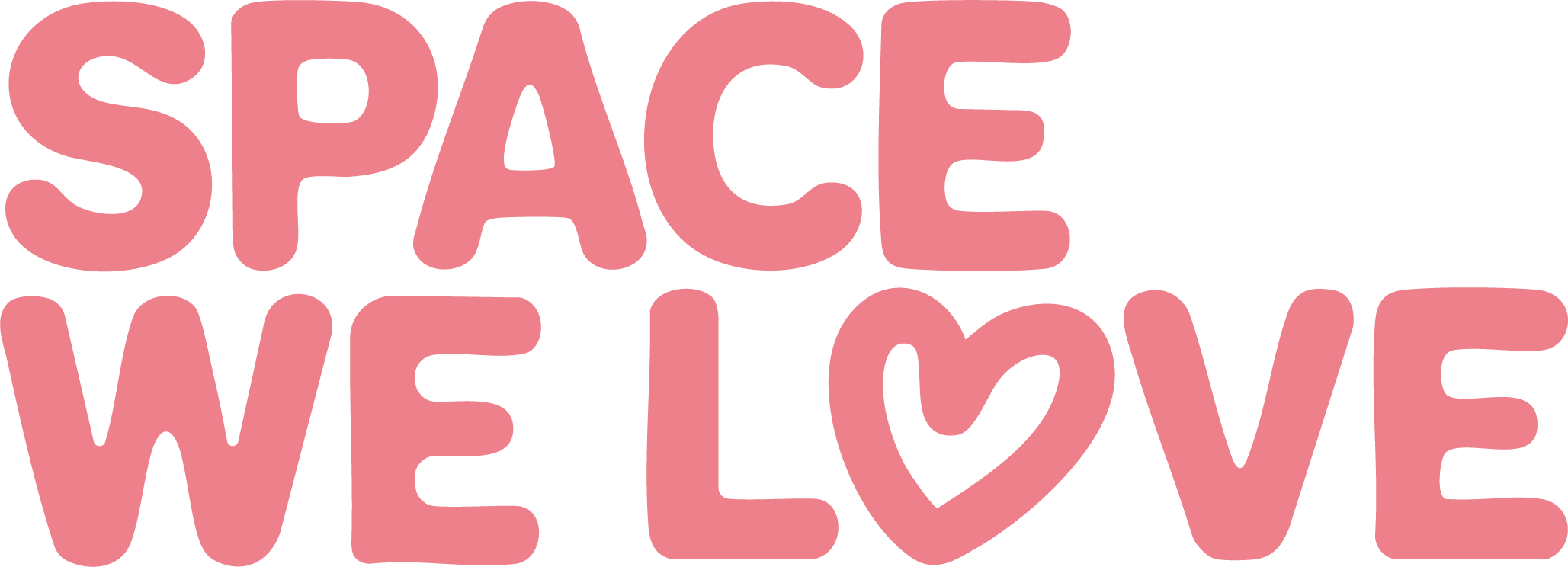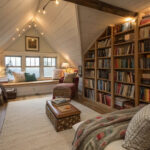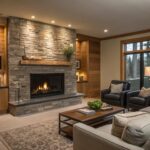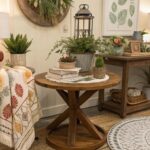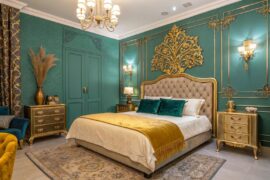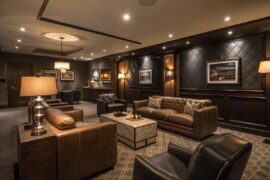A thoughtfully designed home office creates more than just a functional workspace—it becomes an environment that supports wellbeing, inspires creativity, and enhances productivity throughout the day. As remote and hybrid work arrangements become increasingly common, the importance of a carefully crafted home office cannot be overstated. This guide explores how to create a space that not only works well but feels good from morning until evening.
Understanding Your Workspace Needs
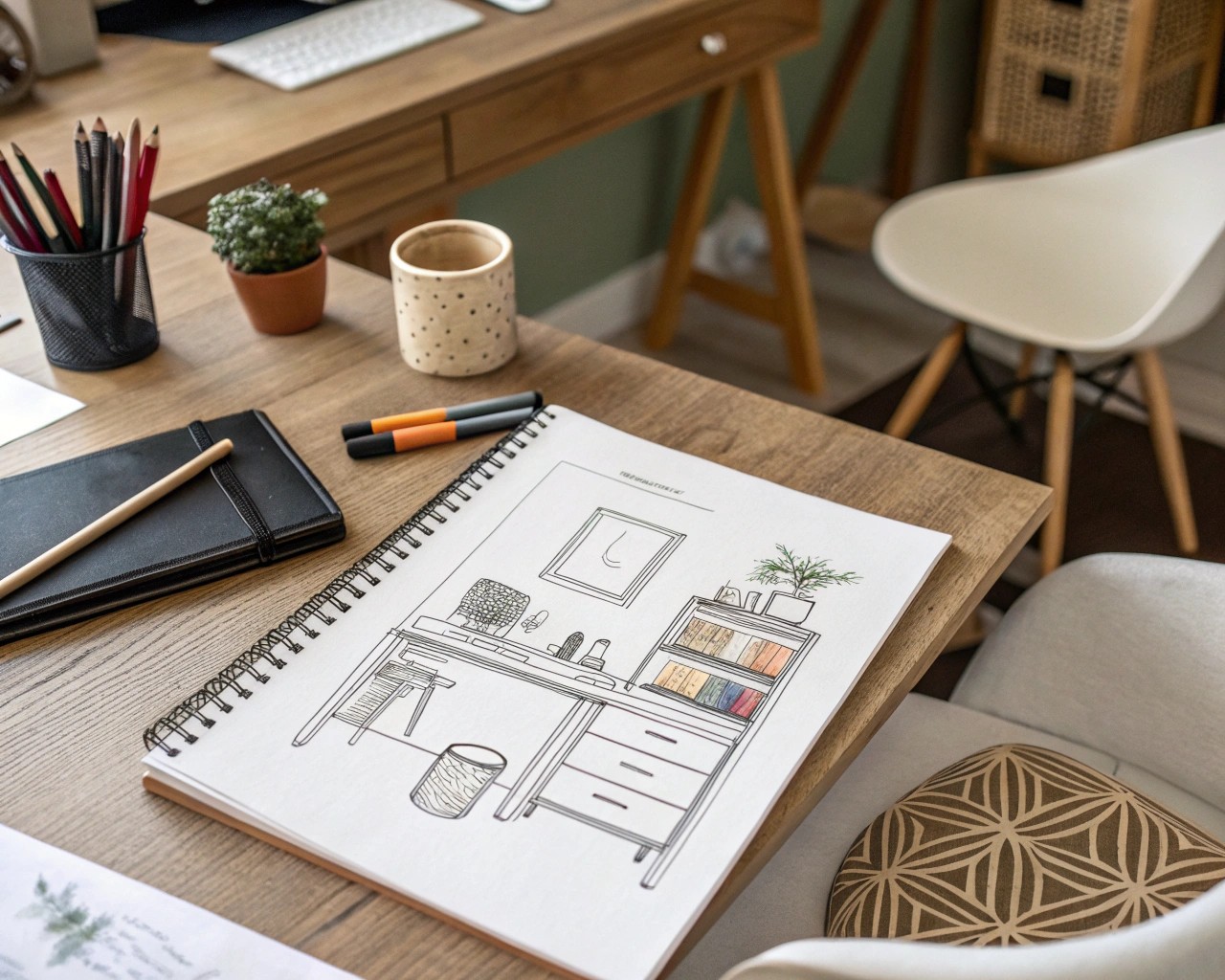
Before selecting furniture or decorative elements, take time to assess how you’ll use your office space. The most successful home offices reflect the specific work patterns of their occupants.
“Susan Taylor started the design process by finding out who we are as a family,” shares Denise Williams, describing her experience with a design studio. “They wanted to know what I wanted to do, what budget I had in mind, what help I was looking for. They asked about our lifestyle and took some time to get to know us”.
This client-centered approach highlights an essential truth we see repeatedly: understanding how you’ll use the space should drive every design decision. Consider:
- Types of work activities performed in the space
- Hours typically spent in the office
- Technology requirements
- Storage needs
- Whether clients or colleagues will visit
Creating the Perfect Layout
Finding the Right Space
The location of your home office significantly impacts its effectiveness. Experts like the design team at Clive Daniel Home emphasize the importance of location, advising that you first find a removed, quiet space. They point out that while great design can do wonders to help enhance concentration, its effectiveness has limits if the fundamental location isn’t suitable.
When working with clients, we often recommend locating the office away from high-traffic areas. A quiet corner, spare bedroom, or even a converted closet can serve well with proper planning.
Optimizing Flow and Function
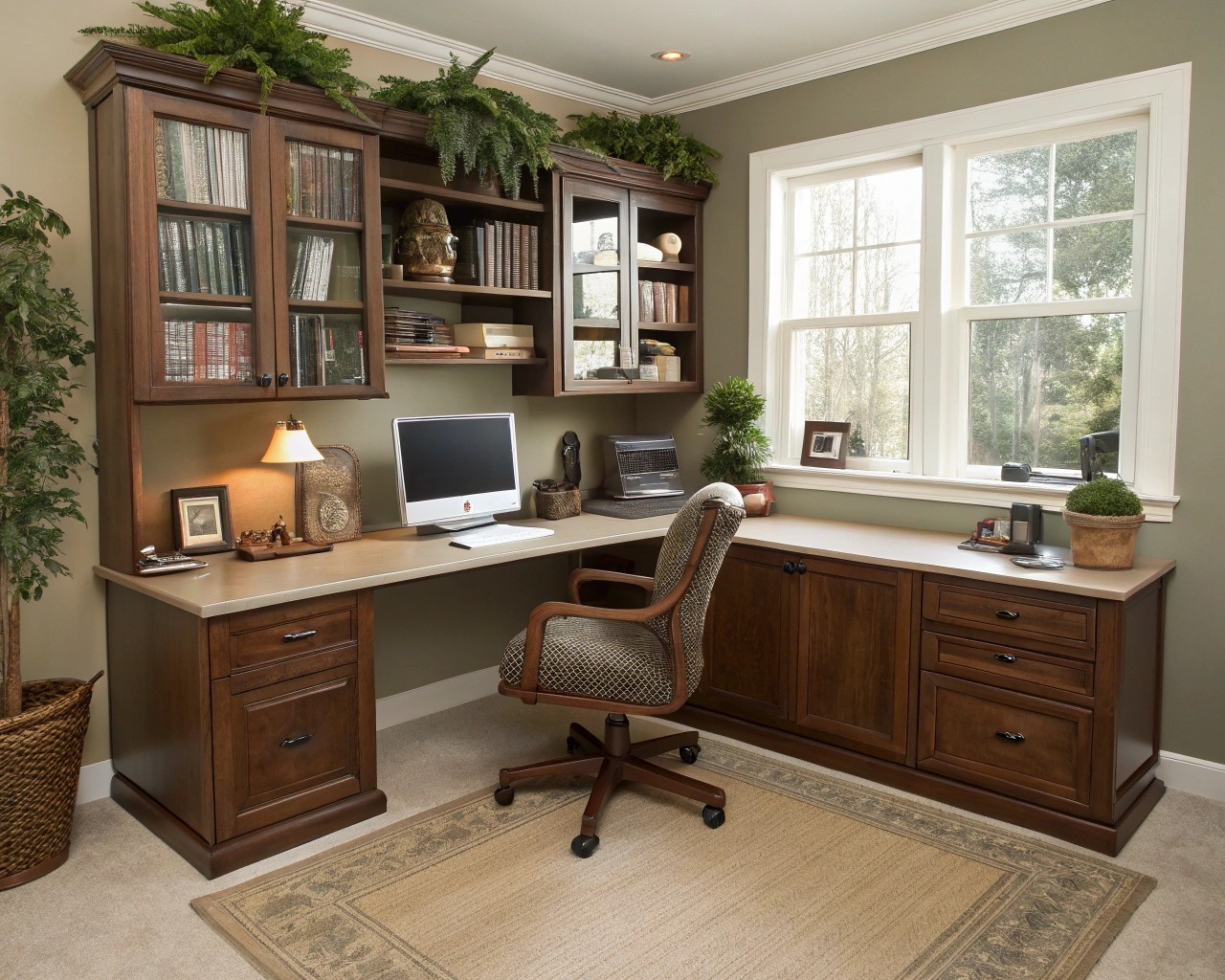
The layout should facilitate movement and workflow. An L-shaped configuration, for instance, often provides excellent ergonomics, proving particularly beneficial for those working long hours due to its superior support and spatial arrangement.
In a recent transformation project, we observed how significant layout changes improved both functionality and mood:
In the “before” pictures, you are looking at frustration, exhaustion, and overwhelm. The office clutter wasn’t piling up for lack of trying. It had just gotten to a point where even if he did want to clean up (and he did!), there was nowhere to put anything away.
The solution involved removing an unused small desk, adding targeted storage, and creating an expanded workspace using a wooden countertop placed over two file cabinets—providing the spread-out thinking space the client needed.
Furniture That Supports Your Body
Desk Selection Guide
Your desk serves as the command center of your workspace. Invest in quality that matches your specific needs.
| Desk Type | Best For | Pros | Cons | Ideal Dimensions |
|---|---|---|---|---|
| Standard | General work | Simplicity, affordability | Limited workspace | Minimum 60cm (2ft) depth |
| L-Shaped | Multitasking | More surface area, ergonomic | Requires corner placement | 4.5ft on each side |
| Standing | Health-conscious workers | Position flexibility, posture benefits | Higher cost | Same as standard |
| Built-in | Space optimization | Custom fit, maximizes space | Permanent installation | Varies with space |
Minimal Desk Setups advises selecting a desk based on its intended use. They suggest considering drawers if extra storage is needed, while those aiming for a minimalist aesthetic might prefer desks with trestle or steel legs.
Chair Comfort: An Investment in Wellbeing
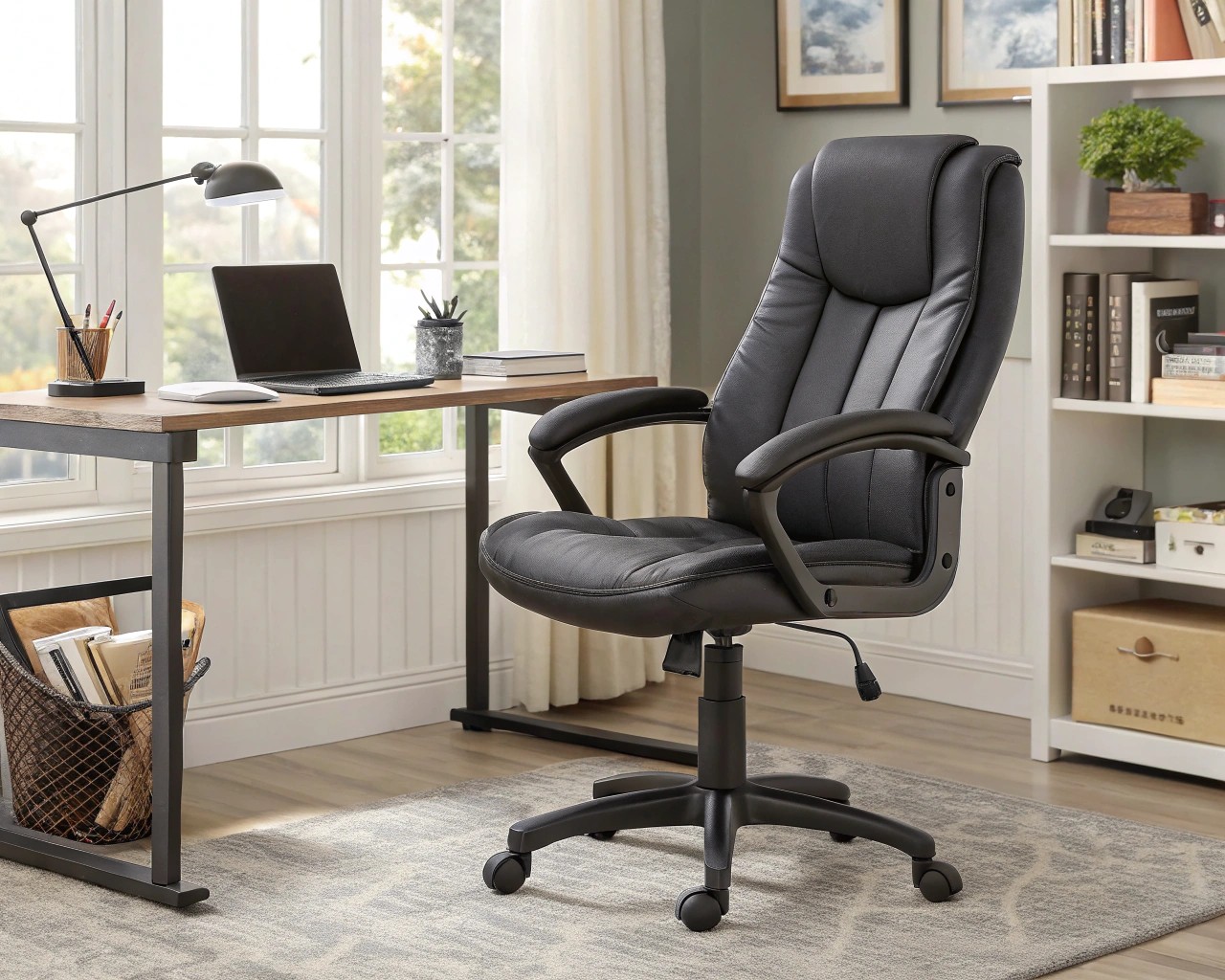
Given the significant time spent seated, the chair choice demands careful consideration. Investing in high-quality, ergonomic seating is often recommended as worthwhile, as it helps support the spine, relax the shoulders, and ultimately enhance comfort and productivity.
In my experience, office chairs represent the single most important ergonomic investment. Quality seating prevents fatigue and supports prolonged productivity—a critical consideration when designing for all-day comfort.
Light: The Element That Transforms Everything
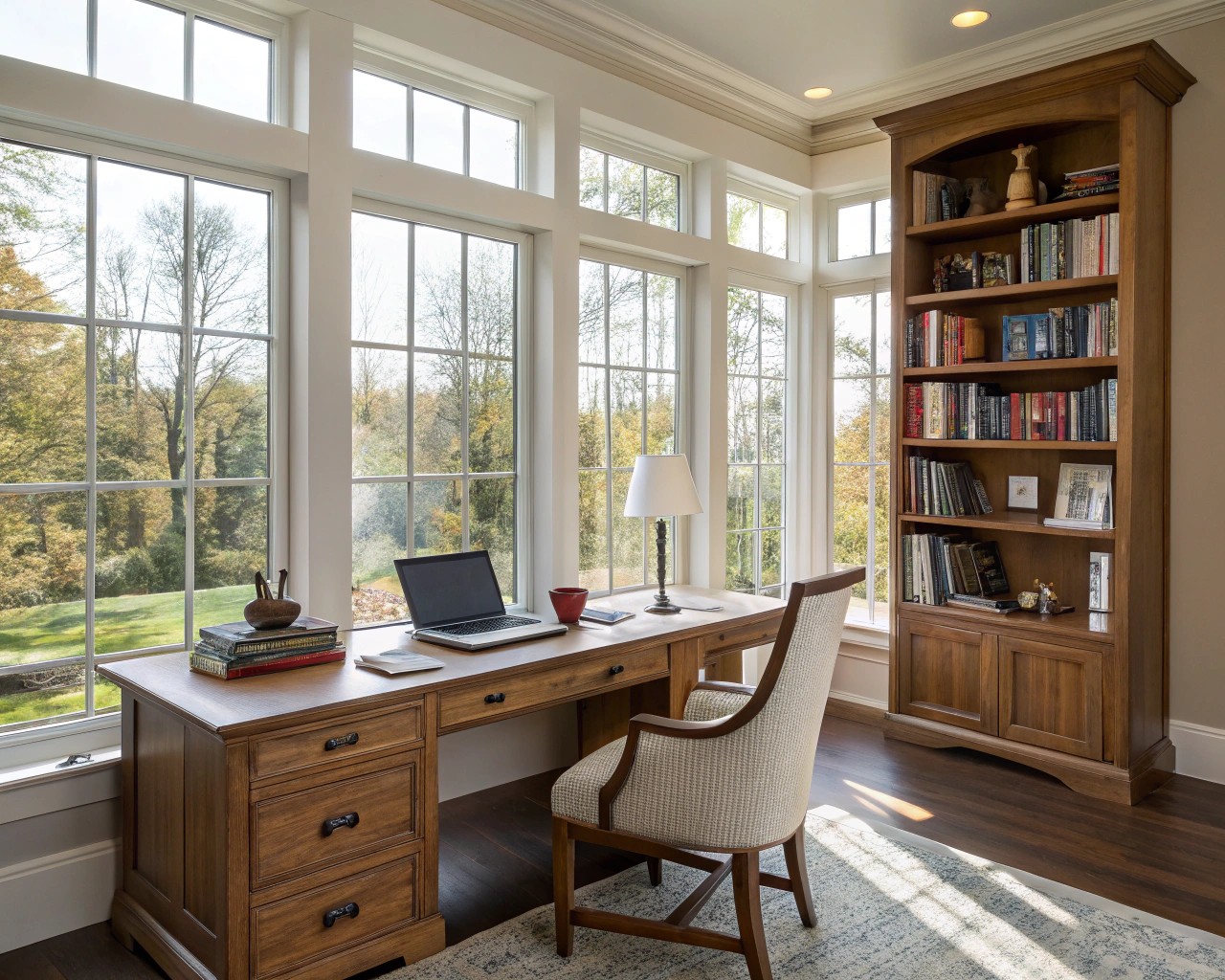
Natural Light Benefits
Natural light is widely recognized for helping people feel more energized and inspired. It can also help reduce glare on computer screens, potentially preventing eyestrain and headaches, and lessening the need for frequent visual breaks.
When positioning desks, consider the relationship to windows. Ideally, position screens perpendicular to windows to minimize glare while still benefiting from natural light. If direct sunlight creates challenges, diffusing solutions like sheer curtains maintain connection to the outdoors while controlling light levels.
Layered Artificial Lighting
Create a layered lighting approach with these elements:
1. Ambient lighting for overall illumination
2. Task lighting focused on work areas
3. Accent lighting to highlight design elements
4. Adjustable options for different times of day
Color Psychology and Materials
The colors and materials in your home office profoundly influence mood and energy throughout the day. As noted in comprehensive design guides, the overall aesthetics—including decor, artwork, textures, and paint colors—should ideally reflect a sense of personal identity or ‘brand personality’.
This principle applies equally to home offices—the space should reflect your personal “brand” and values.
Impact of Color Choices
Consider these color effects when planning your space:
- Blues: Promote focus and productivity; excellent for concentration-heavy work
- Greens: Create balance and reduce eye strain; ideal for long work sessions
- Yellows: Stimulate creativity and energy; use strategically as accents
- Neutrals: Provide versatility and longevity; pair with personalized accents
In one client’s office, we used a calming sage green on three walls with a deep navy accent wall behind the desk. The client reported feeling “more centered and less anxious” during long work sessions, particularly during video meetings positioned against the navy backdrop.
Bringing the Outside In
The Biophilic Approach
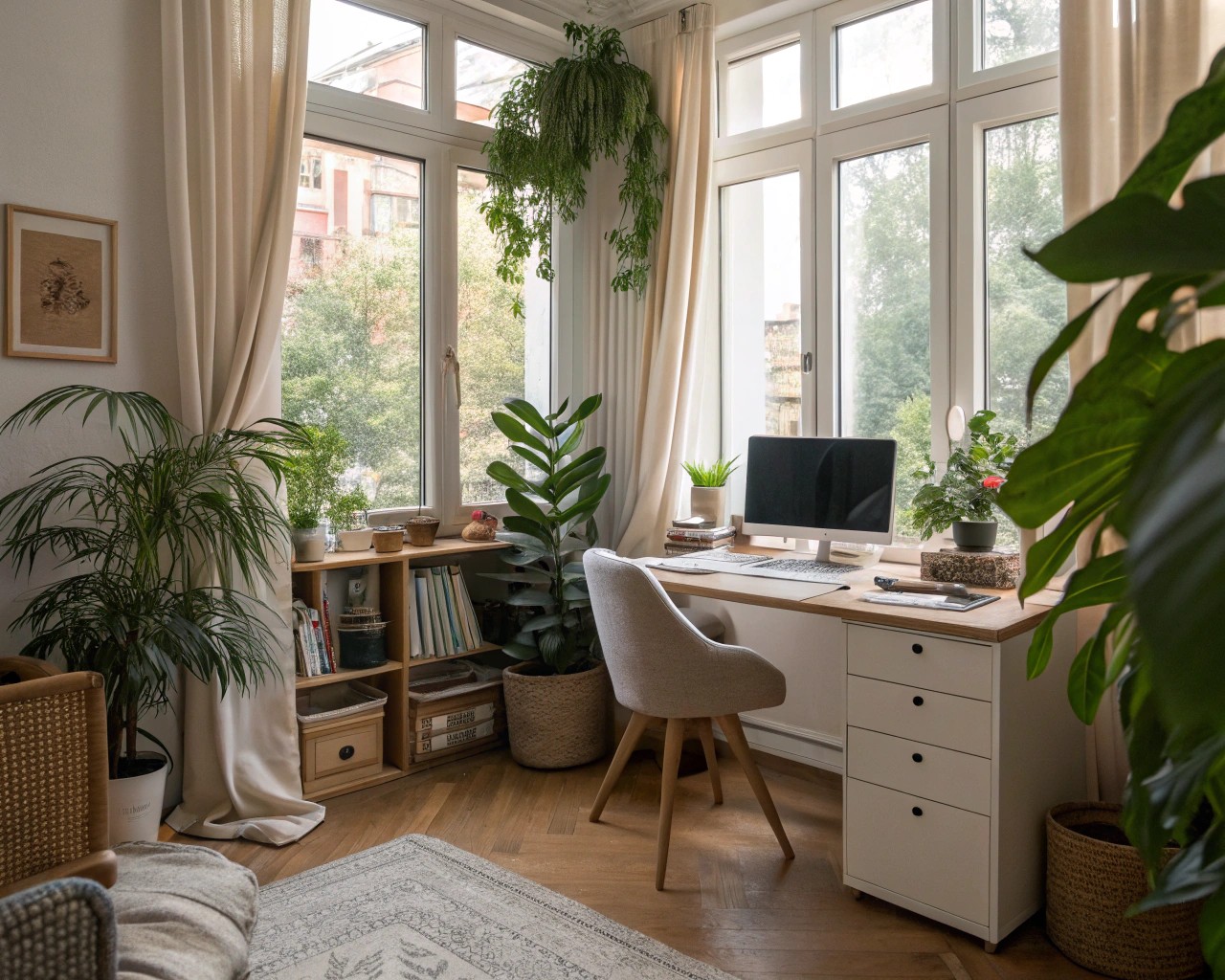
Incorporating elements of nature into built spaces is considered a powerful technique for promoting idea generation and insight, a concept supported by considerable scientific evidence gathered over the decades.
In a recent home office project surrounded by woodland, we maximized this connection:
The dominant theme here is clearly Nature, a direction no doubt inspired by the verdant and forested landscape visible through the wrap-around windows of this former porch turned study. The strong visual connection between inside and out effected by the glazing is then amplified indoors by the abundant use of wood-sourced materials and finishes.
Elements That Connect to Nature
Even without direct outdoor access, you can incorporate natural elements:
- Wood furniture with visible grain
- Stone or ceramic accessories
- Natural textiles like wool, cotton, or linen
- Living plants appropriate to your light conditions
- Nature-inspired art or photography
- Views to outdoor spaces when possible
Personal Touches That Inspire
Your home office offers a unique opportunity: unlike a corporate setting, you have complete control to shape a space that is not just functional but also comfortable, inspiring, and conducive to productivity.
This personal control represents one of the greatest advantages of a home workspace. We regularly encourage clients to think deeply about what inspires them. What resonates with you personally? Considering incorporating meaningful elements, like a favorite piece of artwork, can make the working space feel significantly more relaxing.
Meaningful Objects and Art
Carefully selected personal items create an emotional connection to your workspace:
- Photographs of places that inspire calm or creativity
- Artwork that stimulates thought
- Objects that represent achievements or aspirations
- Books that provide both reference and inspiration
- Mementos that recall positive experiences or relationships
Storage Solutions That Maintain Order
Smart storage solutions are essential in a home office. Options like custom built-ins, bookcases, and cabinets allow necessary equipment to be within reach yet concealed, which not only smooths workflow but also decreases visual clutter and can positively impact mood.
The transformation we witness when effective storage solutions are implemented can be remarkable. In one project:
Before sorting, we planned to remove one unused small desk and add a new bookshelf. His desk, even if clear, was still too small. He needed space to spread out and think. I was able to execute an idea I’ve always wanted to see done – place a wooden countertop on top of 2 file drawers for an expansive desk.
Strategic Storage Approaches
Effective storage addresses both practical needs and aesthetic goals:
1. Vertical space utilization: Wall-mounted shelves and cabinets
2. Hidden storage: Closed cabinets for visual calm
3. Accessible storage: Open shelving for frequently-used items
4. Mobile storage: Rolling carts for flexibility
5. Digital storage: Reducing physical paperwork through digitization
A practical guideline for wall cabinets positioned above a desk is to keep their depth less than that of the table surface. This prevents the cabinet from feeling intrusive when you’re standing or working. For instance, if your table is 2 feet deep, a cabinet depth of around 13-15 inches is generally suitable.
Technology Integration
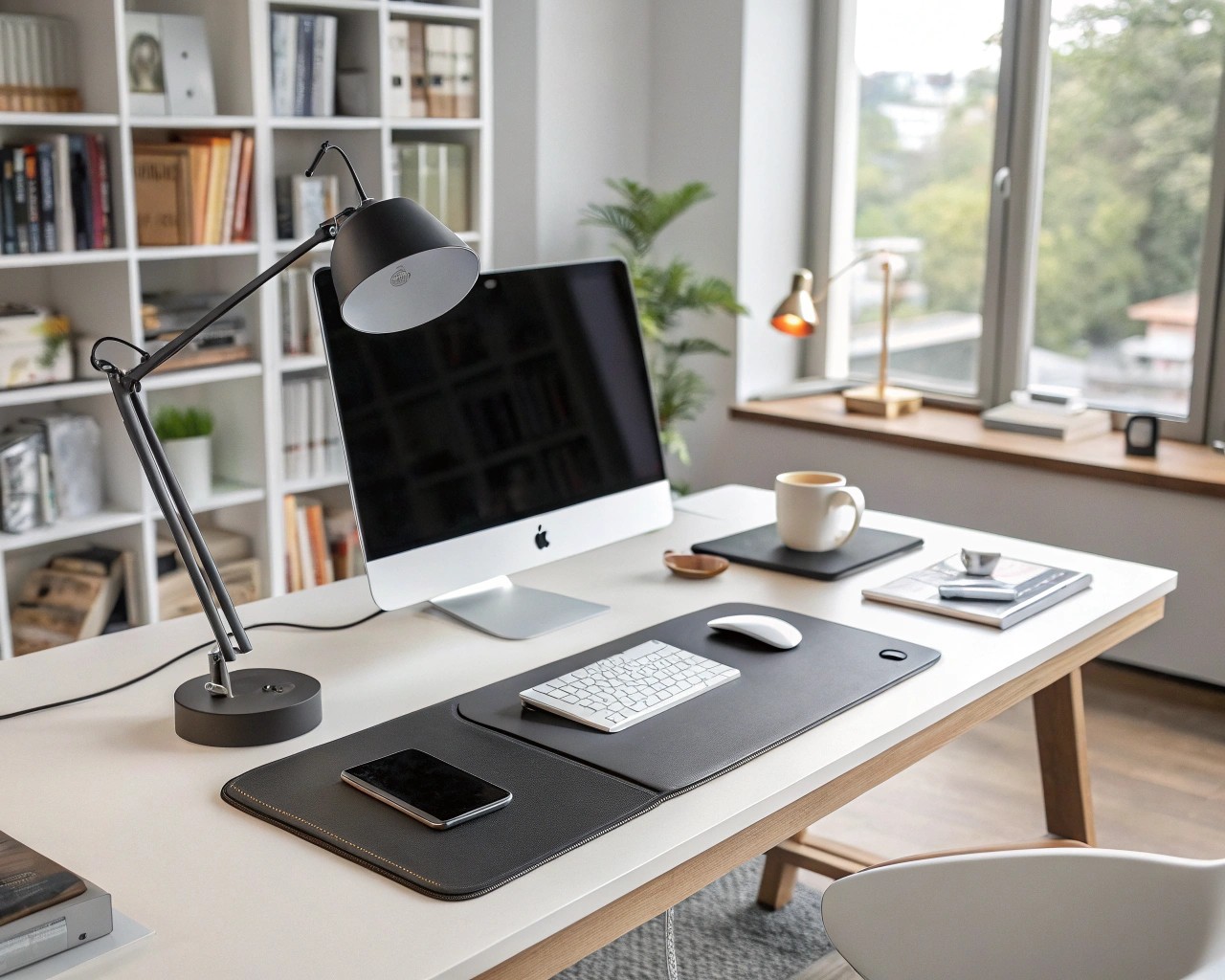
The thoughtful integration of technology creates a seamless workspace experience. Cable management represents one of the most common challenges we address in home office design.
Cable Management Strategies
Beyond ensuring the desk offers enough surface space for your computer and any necessary paperwork, effective cable management requires considering:
- Cable pathways incorporated into desk design
- Desk grommets for clean cord routing
- Under-desk cable trays or baskets
- Cord covers for wall-running cables
- Wireless solutions when possible
Telling Your Story Through Design
One of the most powerful approaches to home office design incorporates narrative elements—making the space tell your personal or professional story.
A modern approach, often seen in innovative office design, uses storytelling to forge an emotional connection between people and their workspace. When implemented effectively, according to proponents of this method, the office can become a destination employees genuinely enjoy returning to.
While this observation comes from commercial office design, it applies beautifully to home offices. The narrative approach considers:
- Plot = your overarching design plan
- Point of view and setting = the history and context of your location
- Characters = you and others who use the space
- Conflict = the unique space requirements you need to address
In practice, this means connecting design elements to your personal journey and professional aspirations. One client, a travel writer, incorporated mementos from significant journeys as organizing elements in her office design, creating both inspiration and conversation pieces.
Seasonal Refreshes and Evolution
A truly successful home office evolves with your needs and the changing seasons. Small adjustments can significantly impact your daily experience.
Quick Seasonal Office Refresh Ideas
- Rotate artwork or inspirational images
- Add seasonal plants or flowers
- Update lighting as daylight hours change
- Incorporate seasonal textiles (lighter in summer, cozier in winter)
- Adjust layout to maximize natural light as sun angles shift
Conclusion: The Office That Grows With You
Creating a home office that feels good all day requires thoughtful integration of functional needs, aesthetic preferences, and personal inspiration. The most successful spaces emerge from careful consideration of how you work best, combined with design elements that support both productivity and wellbeing.
As one client eloquently stated after her office transformation: “I was expecting to need space on my desktop to store a lot of active paper. Luckily, this wasn’t the case. Turns out I’m not nearly as paper-heavy as I thought”. This insight highlights an important truth: sometimes our assumptions about how we work don’t match reality. The design process often reveals surprising insights about our true needs and preferences.
By approaching your home office design as an ongoing conversation between space and self, you create an environment that not only supports your current work but evolves alongside your changing needs—ensuring it continues to feel good all day long, every day.
